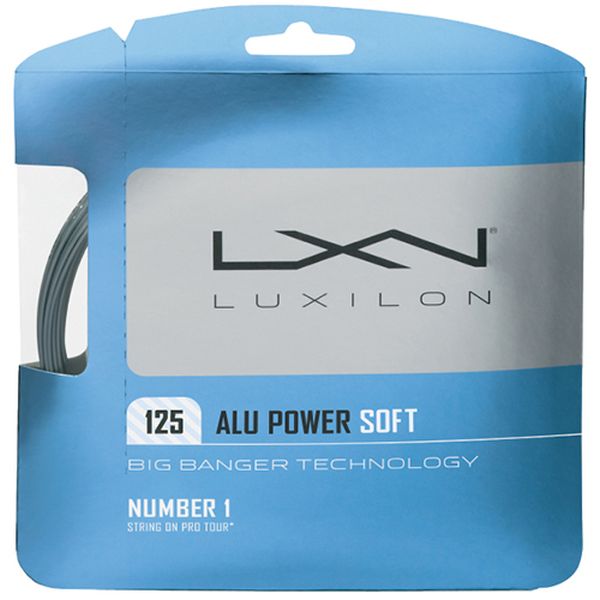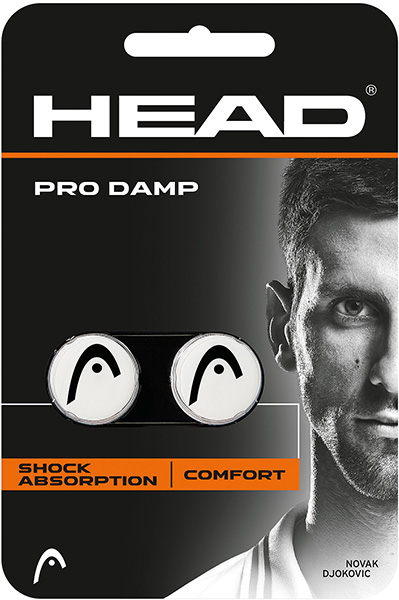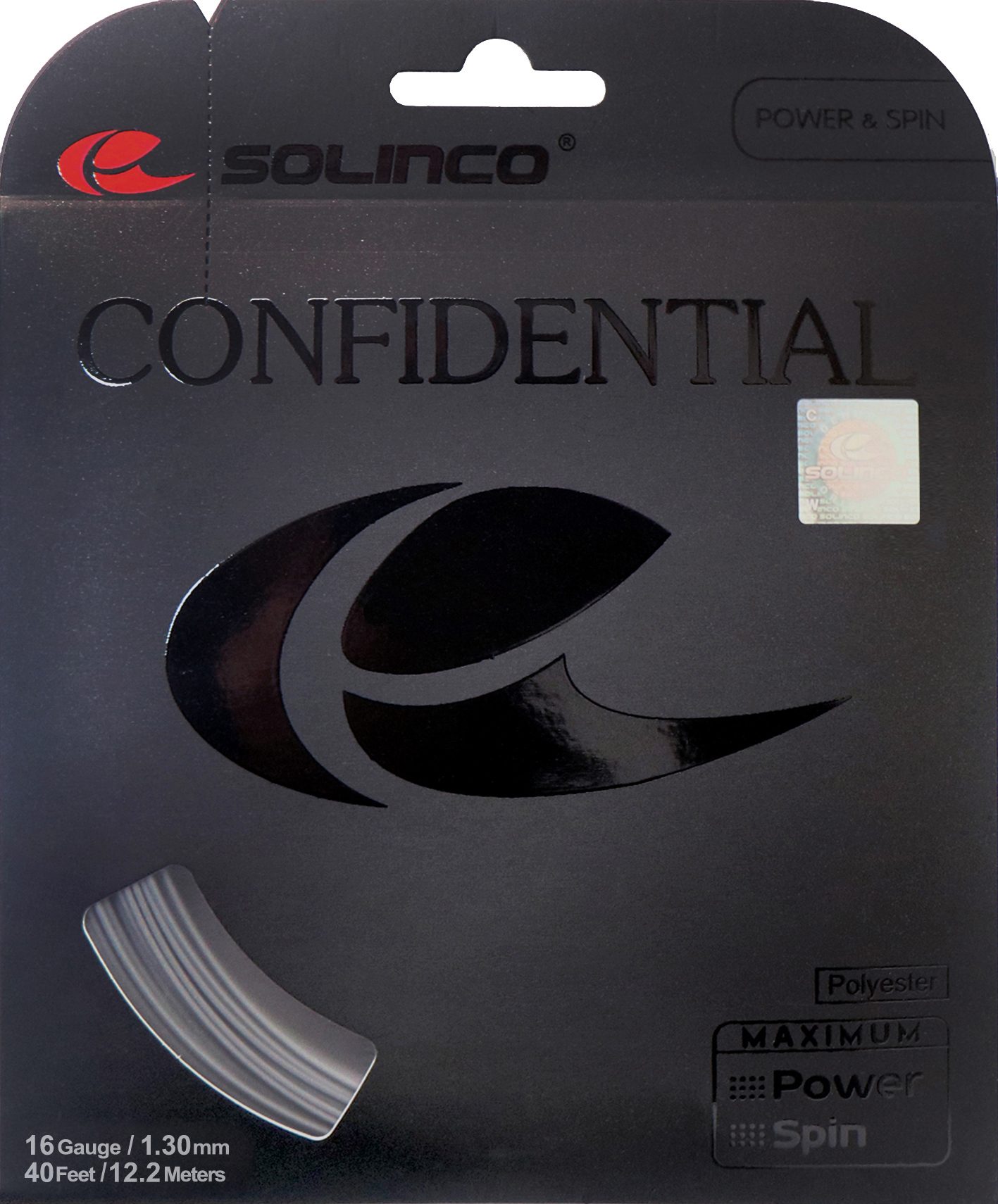20,98 €
Save 25%Each offer available in the Tennis Zone is an original product, coming directly from manufacturers or trusted distributors.

20,98 €
Save 25%
20,98 €
Kick your game up a notch with Luxilon Big Banger Alu Power Soft 125 (12.2m), a tennis string guaranteed to improve the comfort and feel of your shots.
The Alu Power series is a popular choice among professional and amateur tennis players alike, with the Soft 125 taking it a step further by offering even more comfort and feel. This tennis string is designed to be more elbow- and arm-friendly compared to the standard version, making it ideal for players with long, fast strokes.
With a diameter of 1.25mm, this silver monofilament string is both sleek and functional. Its smooth profile allows for a better grip and feel, providing you with more control over your shots. Coupled with its dynamic properties, this string lets you optimize your play for better results on the court.
But where the Big Banger Alu Power Soft 125 truly shines is in its durability. This tenacity means that the string retains its properties for longer, regardless of the intensity of your match. This makes for a playing experience marked by consistency and reliability.

| Article number: | ST14856.1 |
|---|---|
| Properties: | comfort control dynamic feel strength |
| String length (m): | 12.2 |
| String profile: | soft |
| Structure: | monofilament |
Kick your game up a notch with Luxilon Big Banger Alu Power Soft 125 (12.2m), a tennis string guaranteed to improve the comfort and feel of your shots.
The Alu Power series is a popular choice among professional and amateur tennis players alike, with the Soft 125 taking it a step further by offering even more comfort and feel. This tennis string is designed to be more elbow- and arm-friendly compared to the standard version, making it ideal for players with long, fast strokes.
With a diameter of 1.25mm, this silver monofilament string is both sleek and functional. Its smooth profile allows for a better grip and feel, providing you with more control over your shots. Coupled with its dynamic properties, this string lets you optimize your play for better results on the court.
But where the Big Banger Alu Power Soft 125 truly shines is in its durability. This tenacity means that the string retains its properties for longer, regardless of the intensity of your match. This makes for a playing experience marked by consistency and reliability.

| Article number: | ST14856.1 |
|---|---|
| Properties: | comfort control dynamic feel strength |
| String length (m): | 12.2 |
| String profile: | soft |
| Structure: | monofilament |
Each offer available in the Tennis Zone is an original product, coming directly from manufacturers or trusted distributors.
Sign up for the free newsletter and do not miss any promotions and news, as well as individual offers from our store.
Functional cookies are absolutely necessary for the functionality of the web shop. These cookies assign a unique random ID to your browser so that your unhindered shopping experience can be guaranteed over several page views.
Marketing cookies are used to display advertisements on the website in a targeted and individualized manner across multiple page views and browser sessions.
Tracking cookies help the shop operator to collect and evaluate information about the behaviour of users on their website.
These cookies are used to collect and process information about the use of the website by users, in order to subsequently personalise advertising and/or content in other contexts.
Service cookies are used to provide the user with additional offers (e.g. live chats) on the website. Information obtained via these service cookies may also be processed for site analysis.




